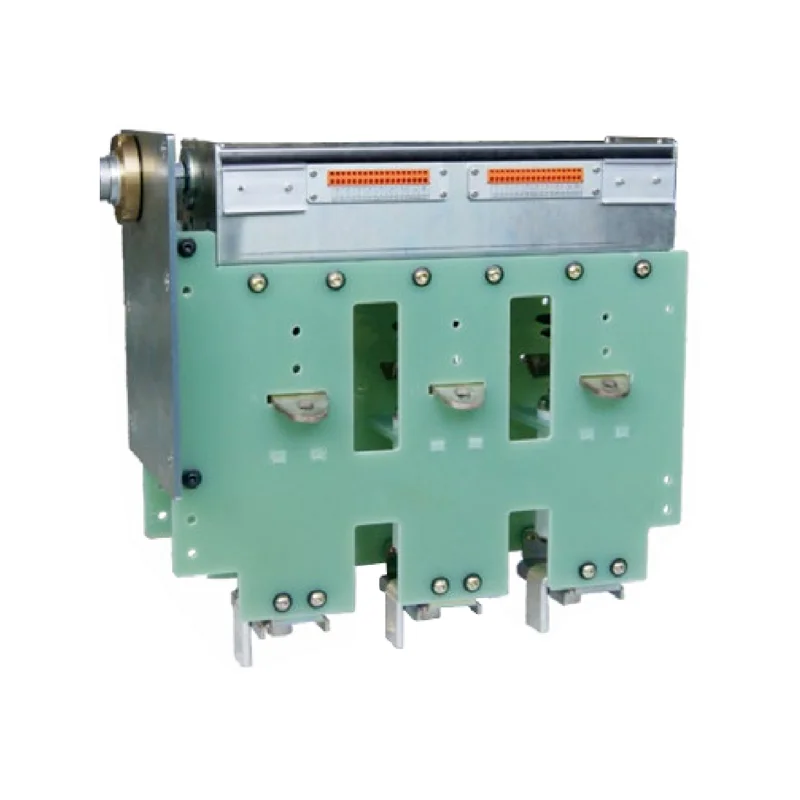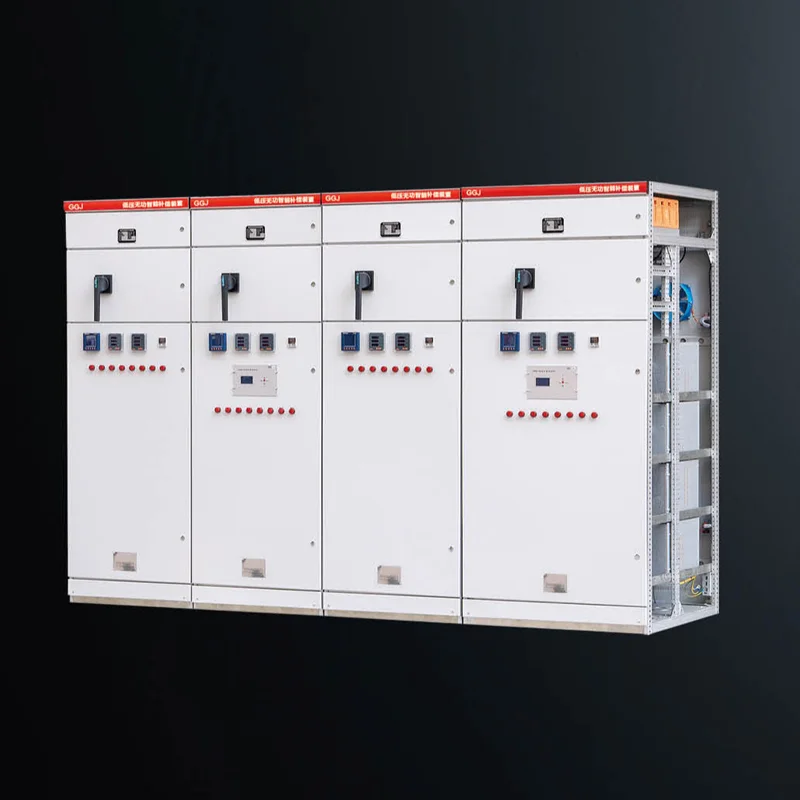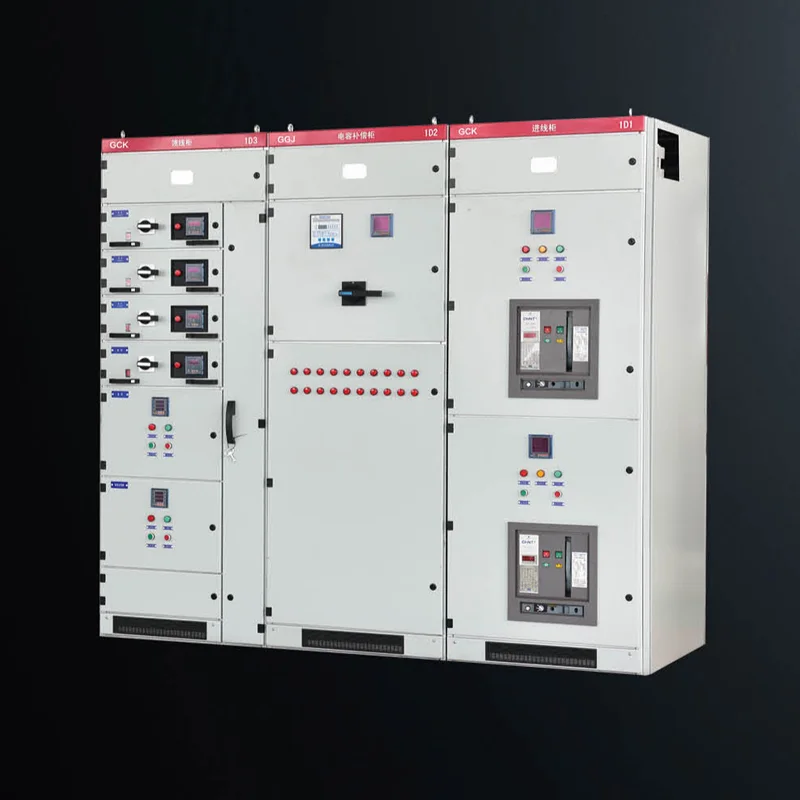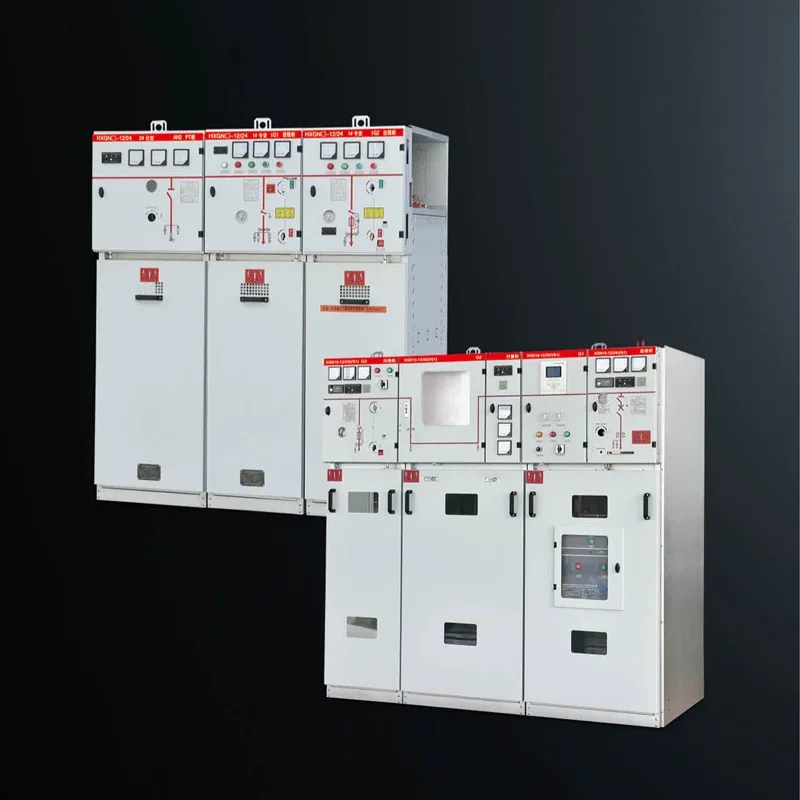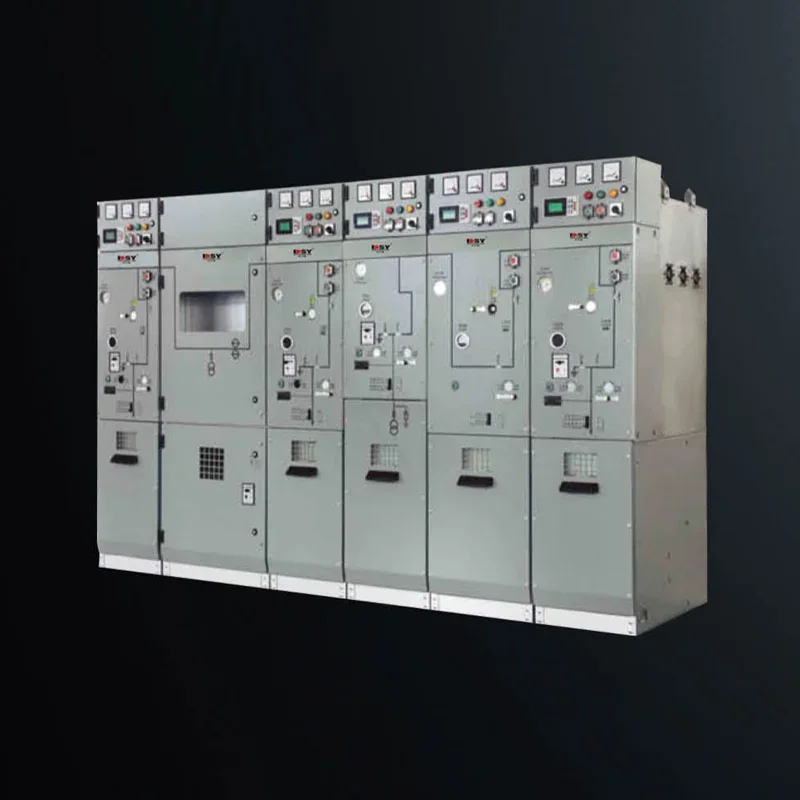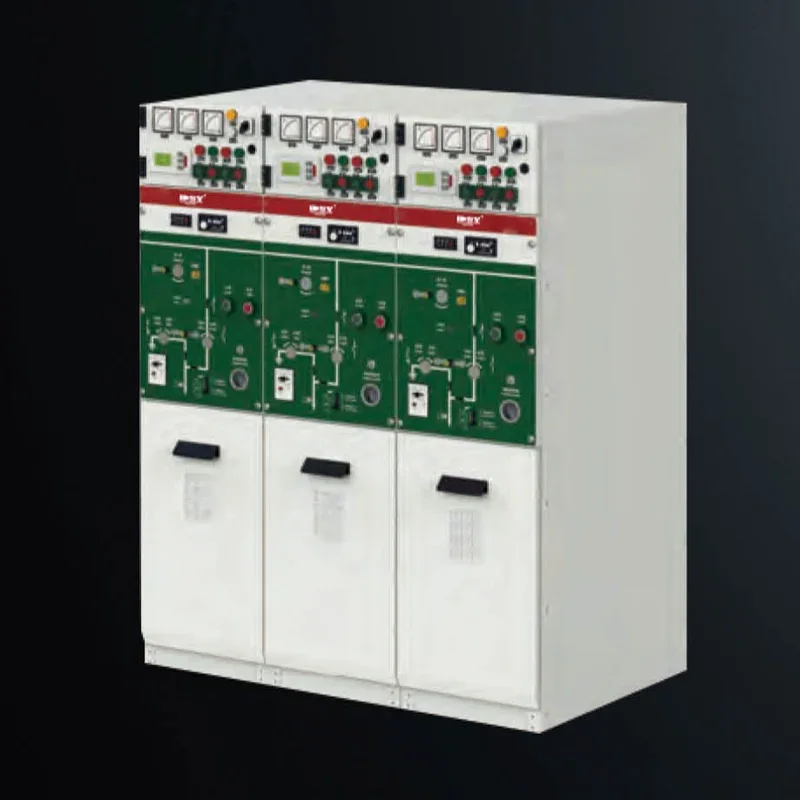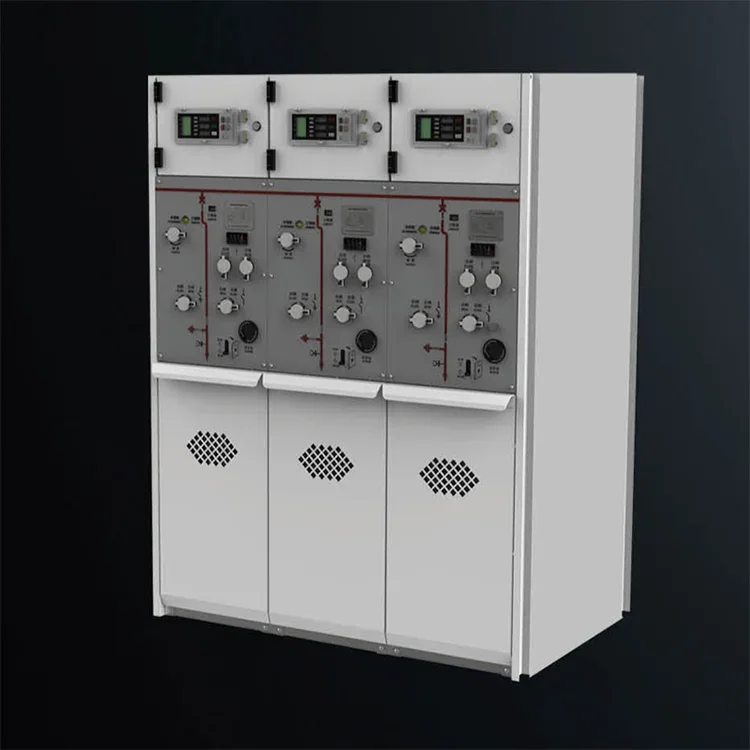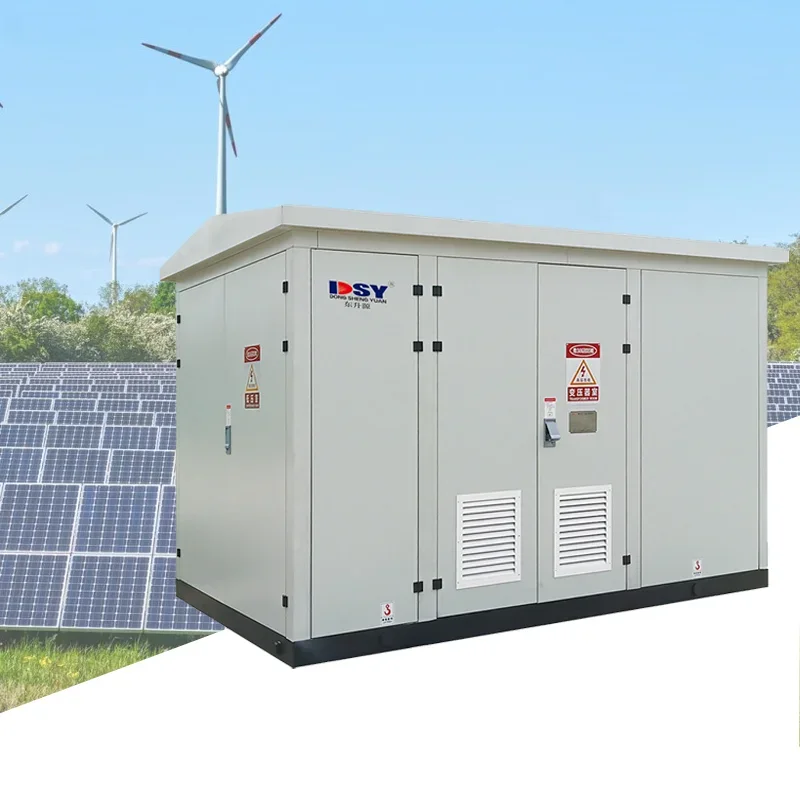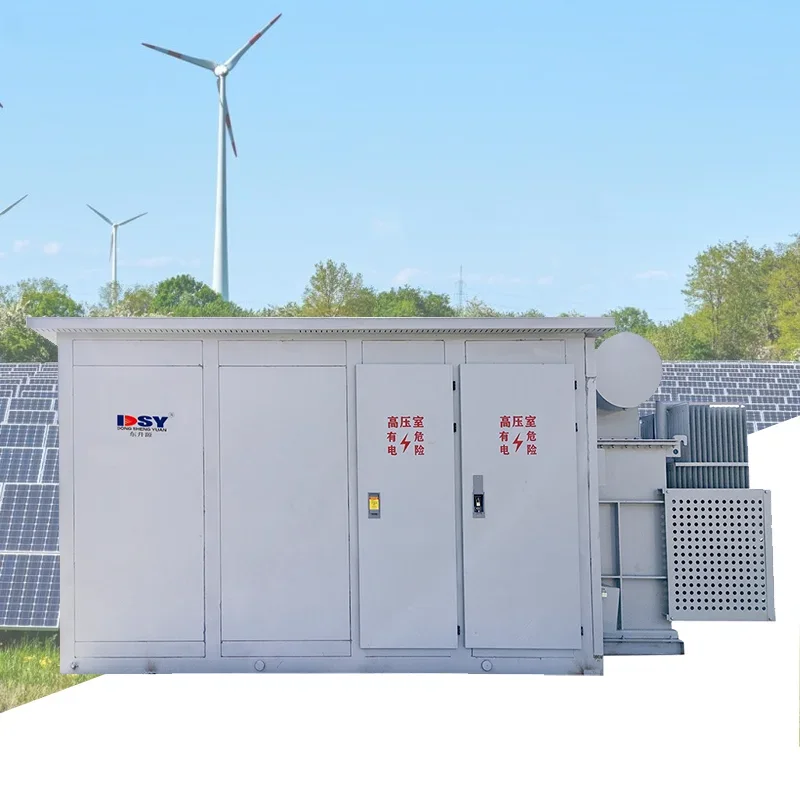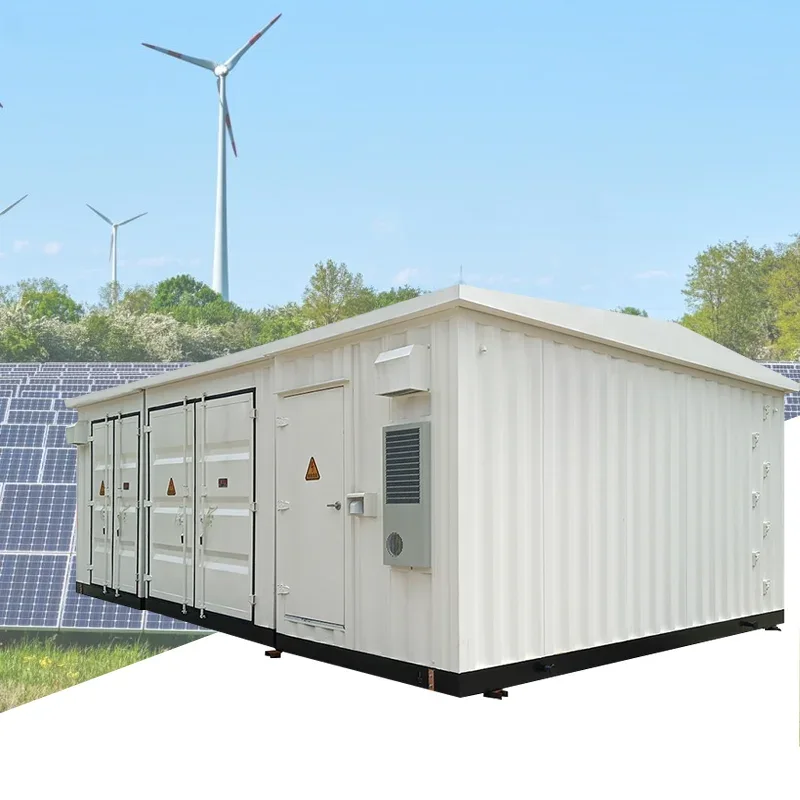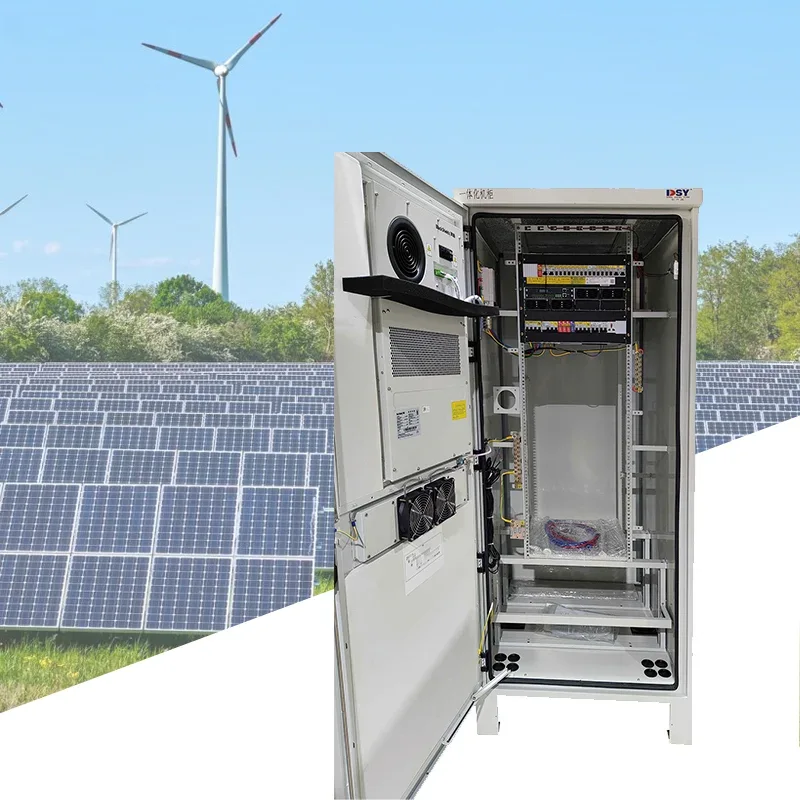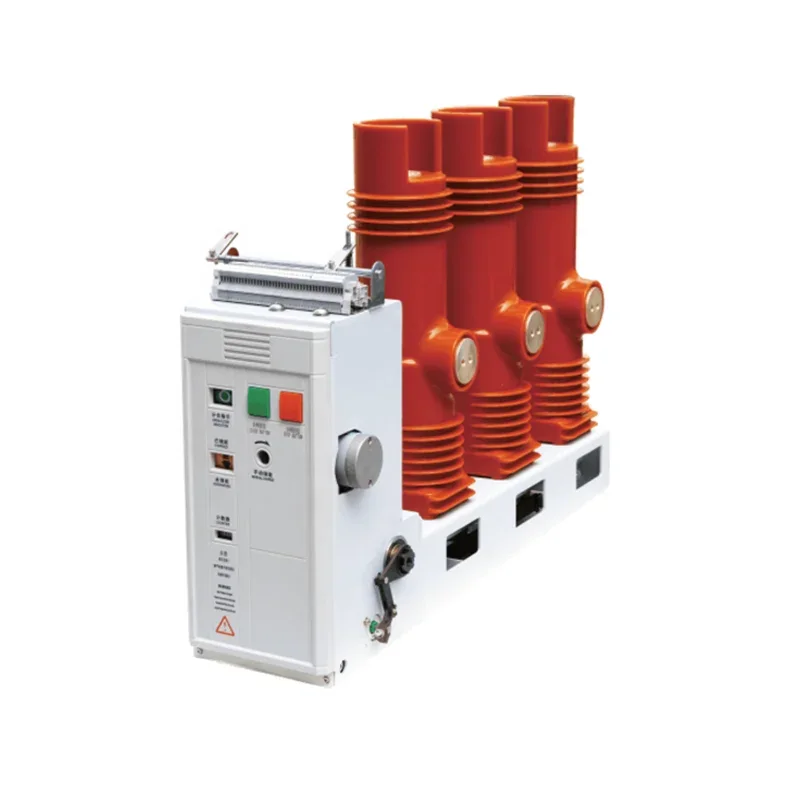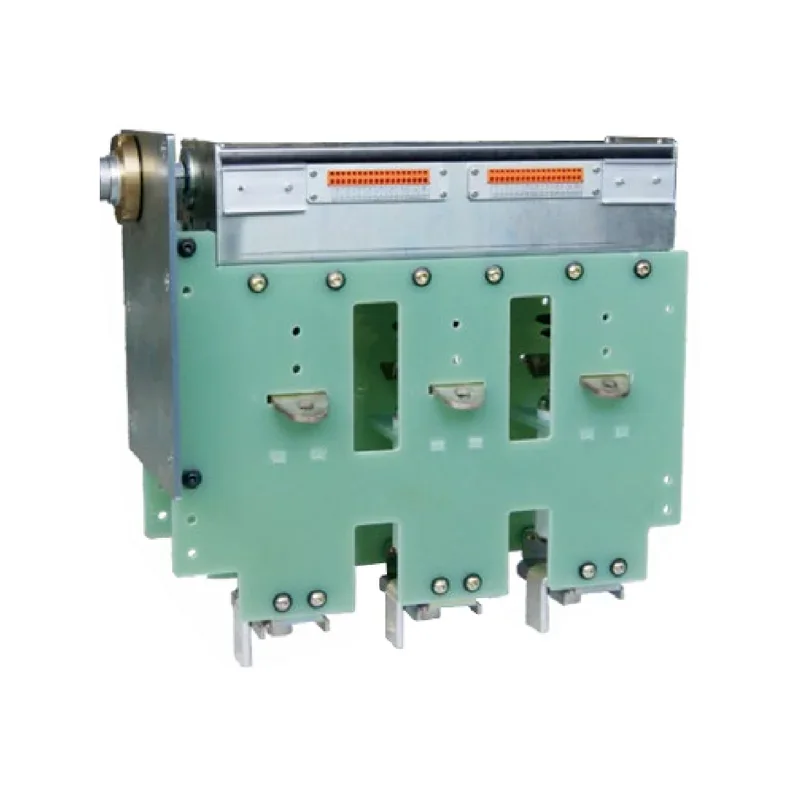Understanding Power Distribution Boxes: Essential Components for Efficient Electrical Systems
Power distribution boxes, often referred to as distribution boards or electrical panels, are vital components in electrical systems, facilitating the efficient distribution of electrical power throughout residential, commercial, and industrial settings. These boxes serve as the central point where incoming electrical supply is divided into multiple outgoing circuits, ensuring that each circuit rec
Jun 22,2025
One of the primary functions of a power distribution box is to house and organize circuit breakers, fuses, and other protective devices. This organization not only enhances the safety of electrical systems but also simplifies troubleshooting and maintenance. By isolating circuits, power distribution boxes allow for quick identification and resolution of electrical issues, minimizing downtime and potential hazards.
Moreover, power distribution boxes come in various configurations and sizes, tailored to meet different load requirements and installation environments. For instance, a small residential power distribution box might only contain a few circuit breakers, while a larger industrial unit could accommodate numerous circuits along with advanced monitoring systems. This versatility makes them suitable for a wide range of applications, from powering light fixtures to supporting heavy machinery.
Another critical aspect of power distribution boxes is their role in enhancing safety. By incorporating circuit breakers, these devices can automatically disconnect the power supply in the event of an overload or short circuit, thereby preventing potential fires and equipment damage. Additionally, many modern power distribution boxes come equipped with surge protection devices to safeguard sensitive electronic equipment from voltage spikes.
When selecting a power distribution box, it’s essential for professionals to consider factors such as the total load capacity, the number of circuits required, electrical codes, and the specific needs of the installation site. Proper installation is equally important; ensuring that the distribution box is mounted securely and that all connections are adequately made is crucial for the long-term reliability of the electrical system.
In summary, power distribution boxes are indispensable for managing electrical distribution safely and efficiently. Their ability to streamline circuit organization, enhance safety, and adapt to various electrical needs makes them a fundamental component in any electrical system. As technology advances, the evolution of power distribution boxes continues, offering new features that enhance performance and safety for both residential and industrial applications. Understanding these devices and their significance is key for any professional in the electrical industry.
PREVIOUS:
Related News
The difference between circuit breakers and vacuum circuit breakers
Circuit breaker is an abbreviation for pole type circuit breaker. Circuit breakers are also vacuum circuit breakers
Voltage regulators are required for various places that require voltage control, such as controlling lighting

